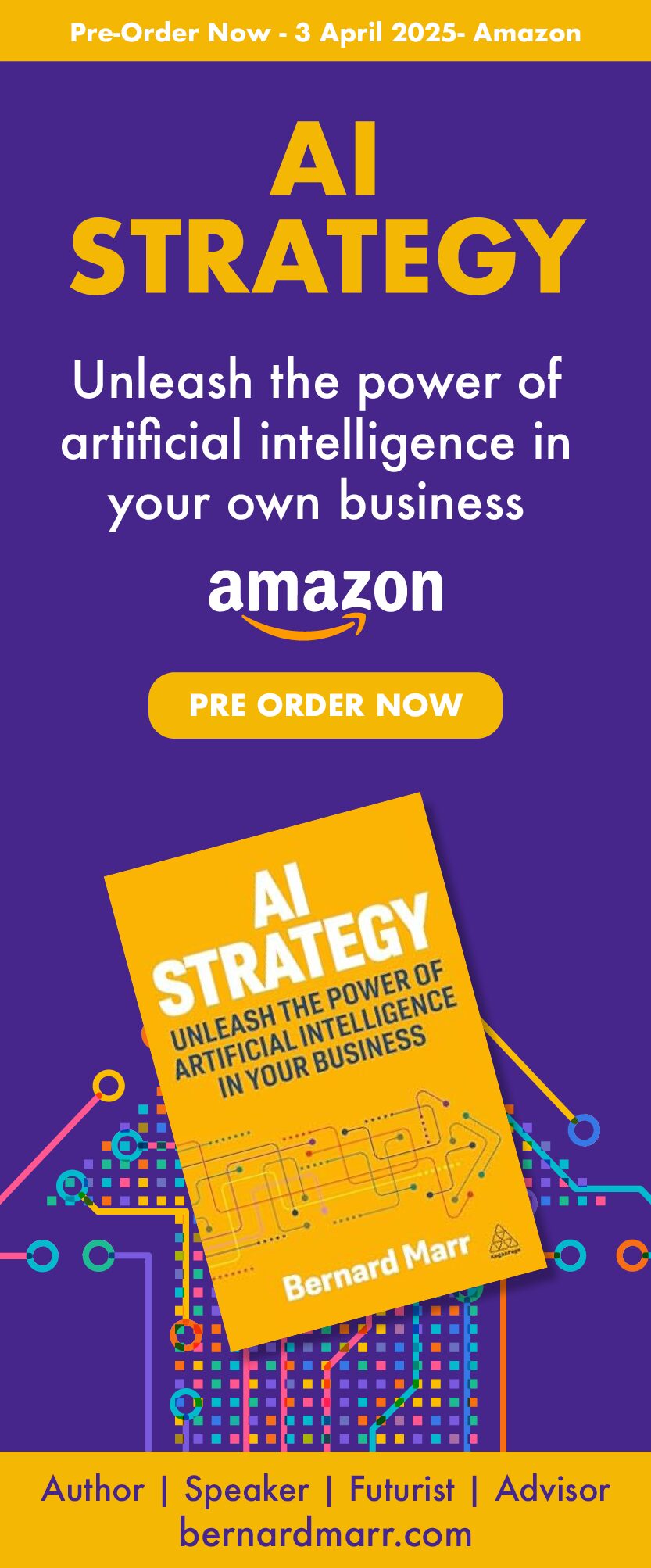What Is A Big Data Strategy?
2 July 2021
Data has become one of the most important business assets, and a company without a data strategy is unlikely to get the most out of their data resources. Here we look at the essential elements of a big data strategy and provide useful templates to keep you on track.

Big Data, and data in general, has become one of the most important business assets and is a critical component that drives global digital transformation which includes the Internet of Things, artificial intelligence and other new technologies. In order to ensure companies get the best value out of their data, they have to approach it strategically and build a data strategy.
What is Big Data?
There’s been “data” even before computers and databases such as customer and transaction records. However, computers made it easier for data to be accessible and organised through spreadsheets and databases. Instead of cumbersome paper records, computers made a tremendous amount of data available with the click of a mouse.
Today, data has exploded. We create as much data every two days as we did from the beginning of time to 2000. We have approximately 50 zettabytes of digital information available now.
This explosion was fuelled because nearly every action we take leaves a digital trail—anything we do online, when we shop and use our credit card to pay, even travelling around town with our GPS-equipped smartphones or asking our personal digital assistants at home to give us the forecast or to play music. Businesses from manufacturers to retailers collect data from sensors, transactions and more and must then leverage the data and the insights gleaned to their competitive advantage.
The only way to do so effectively is to develop a big data strategy.
Big Data is Worthless Without a Big Data Strategy
It can be easy to forgo developing a big data strategy to try to keep up with the amount of data generated. However, jumping straight to investing in data analytics and technologies without knowing what your specific business needs to be successful is misguided. It’s imperative to develop a big data strategy first so that you can get the most out of the data your organisation gathers. A big data strategy clarifies how data will be used in practice and what type of data you might need to achieve specific company objectives.
The data explosion continues full speed ahead. As more data is created and collected, it becomes more complex. The only way to wrangle it for specific business purposes is to intentionally create a big data strategy.
Big Data Strategy Begins with Use Cases
Every company can and does collect data that can be a valuable business asset. That value is lost without a strategy that outlines how to access the data to ultimately achieve your business goals. Therefore, building a big data strategy starts with identifying use cases for your organisation.
When I work with companies of any size to develop a big data strategy, I recommend focusing on three to five big data use cases. To make sure you consider all the important details, download my Data Use Case Template.
An effective big data strategy must link to a company goal, and that’s precisely why the first step in the Data Use Case Template is “Link to a Strategic Goal.” That ensures that your team’s big data strategy is focused on the right priority from the start of your planning. Consider how your company could use data to:
- Understand your customers
- Offer smarter products and services to your customers
- Improve internal processes
- Add additional revenue by monetising data
Once you have a Data Use Case template completed for your three to five top use cases, it’s time to build out your big data strategy with the Data Strategy Template.
Big Data Strategy
I encourage you to define a couple of “quick-win” big data uses along with the three to five other data priorities for the year when you create your big data strategy. These quick wins help illustrate just how valuable data can be to your business by delivering business results quickly.
Follow the Data Strategy Template to pull together all that you need for an effective big data strategy. These are the elements the template has for you to consider:
Data requirements: What type of data do you need? Is it diverse enough? How will you source it and store it?
Data governance: This includes very important considerations such as the current state of data quality, security, access, ownership, ethics and data privacy within your organisation.
Technology: Having the appropriate infrastructure in place to support the data you need is essential. Be sure to consider the four layers of data including collecting, storing, processing/analysing and communicating insights from the data.
Skills and capacity: If your organisation struggles with big data skills or a knowledge gap, you are not alone. However, this could inhibit your big data strategy. This section of the template helps you identify training needs and if you need to outsource or partner with other data specialists to achieve your goals.
Implementation/change management: Consider other challenges that might affect the success of your big data strategy, such as lack of leadership buy-in.
Even though volumes of big data are available to your organisation, it is useless, and the value of it is lost without a big data strategy. You can learn even more about big data strategies and the process I use that has helped thousands of companies and government organisations in my book, Data Strategy: How to Profit from a World of Big Data, Analytics and the Internet of Things.
Related Articles
Will AI Solve The World’s Inequality Problem – Or Make It Worse?
We are standing on the cusp of a new technological revolution. AI is increasingly permeating every aspect of our lives, with intelligent machines transforming the way we live and work.[...]
How You Become Irreplaceable In The Age Of AI
In a world where artificial intelligence is rapidly advancing, many of us are left wondering: Will AI take our jobs?[...]
Why Apple Intelligence Sets A New Gold Standard For AI Privacy
In the rapidly evolving world of artificial intelligence, privacy concerns have become a hot-button issue.[...]
Can Your Device Run Apple Intelligence? What You Need To Know
Apple's announcement of Apple Intelligence has sent waves of excitement through the tech world.[...]
10 Amazing Things You Can Do With Apple Intelligence On Your IPhone
Apple Intelligence is poised to revolutionize the iPhone experience, offering a suite of AI-powered tools that promise to make your digital life easier, more productive, and more creative.[...]
Agentic AI: The Next Big Breakthrough That’s Transforming Business And Technology
The world of artificial intelligence is evolving at a breakneck pace, and just when you thought you'd wrapped your head around generative AI, along comes another game-changing concept: agentic AI.[...]
Sign up to Stay in Touch!
Bernard Marr is a world-renowned futurist, influencer and thought leader in the fields of business and technology, with a passion for using technology for the good of humanity.
He is a best-selling author of over 20 books, writes a regular column for Forbes and advises and coaches many of the world’s best-known organisations.
He has a combined following of 4 million people across his social media channels and newsletters and was ranked by LinkedIn as one of the top 5 business influencers in the world.
Bernard’s latest book is ‘Generative AI in Practice’.










Social Media